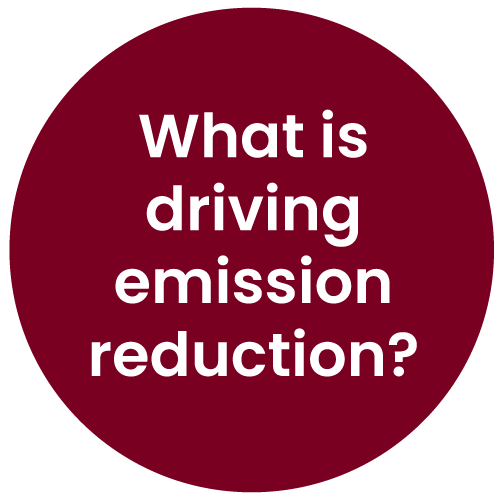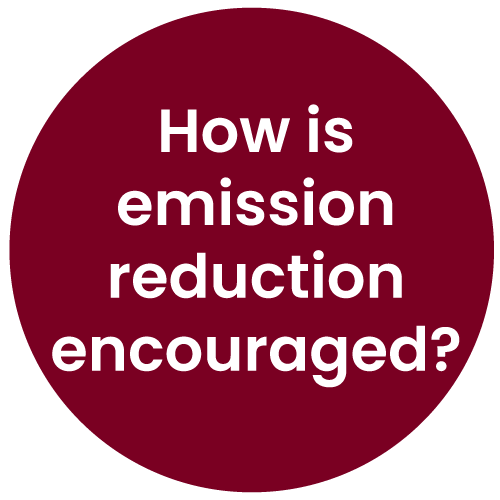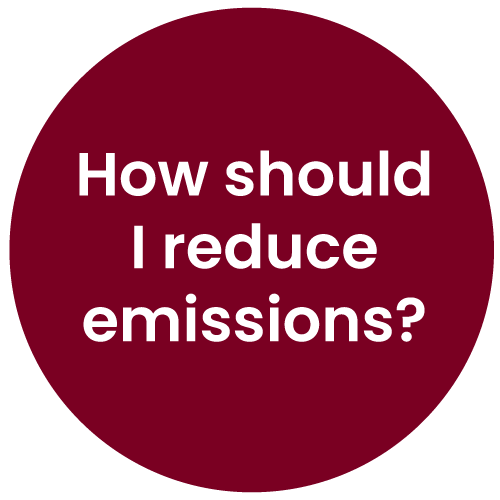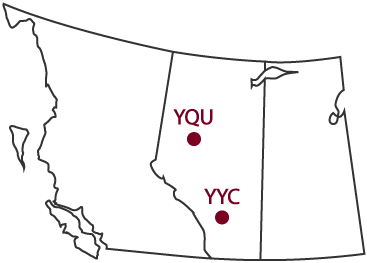Let’s work together to do our part in EMISSION REDUCTION.
Let's talk about solutions.
Vadim Demb :: 403-660-4877
vdemb@rheaumeengineering.com
Ryan Webb :: 403-984-9687
rwebb@rheaumeengineering.com
Emisison reduction is important to all of us, and we all have a part to play in the energy transition. At Rheaume, we are committed to helping our clients solve the emissions reduction puzzle.
We built the perfect tool for evaluating your GHG solution situation, and we want to show you how it works and how it can help your business. Check it out!
Contact UsQuestions? Let’s learn together.
What is driving emission reduction?
International agreements, like the Paris Accord, establish global emission reduction goals and commitments for participating nations. Canada is one of the nations that have set a goal of net-zero GHG emissions by 2050. Provinces, like AB, BC, and SK, have created their own emission reduction plans aligned with federal mandates. Non-governmental groups, like trade organizations, coalitions, and investor groups, have also set emission curbing objectives.
More AnswersHow is emission reduction encouraged?
The Stick: Federally, pollution is limited through multiple acts specific to the type and source of the emissions. Carbon emissions in Canada are priced through the GGPPA, as well as individual equipment and site limits are set in Regulations Respecting Reduction in the Release of Methane and Certain Volatile Organic Compounds (Upstream Oil and Gas Sector). However, AB, BC, and SK have chosen to pursue equivalency with federal regulations and methane limits are set in provincial flaring and venting regulations. The provinces also follow the federal emission pricing requirements, which AB meets through the TIER program.
The Carrot: Some of the money collected by the government through pricing emissions, goes back to industry as funding to encourage further reduction. Several provincial funding programs also exist to promote emission reduction such as the Clean BC Industry Fund, Alberta's ERA funding streams, or Saskatchewan’s development focused funding streams (the OGPII, OIIP, and SPII). As well, carbon offsets can be generated by projects, voluntarily reducing site emissions. Offsets can be utilized to cover company’s emission tax obligations or sold to others, therefore generating a revenue stream and are listed on one of the provincial, federal and global offset registries. Alberta’s offsets are managed by CSA group and generated following Alberta specific protocols.
More AnswersHow should I reduce emissions?
Evaluate: Evaluating emission reduction projects is difficult as the carbon market is still emerging, regulations are changing, and technology is evolving. However, using a marginal abatement cost curve (MACC) and other tools, projects can be prioritized by the project cost per tonne of CO2e abated and total emissions eliminated.
Start with Methane: Methane is a potent GHG and typically the first target in emission reduction. There are several methods available to reduce methane venting from oil and gas operations, the main being to combust or to conserve the gas currently being vented.
Improve Engines: Engine exhaust is regulated under MSAPR. Engine optimization can be performed to ensure efficient performance and manufacturers are working on engine modification to ensure a reduction in methane slip. By being proactive, regulations can be met and exceeded.
More AnswersWhat's next?
Hydrogen might be the next fuel source, but currently the lower energy capacity, associated emissions from blue hydrogen, and infrastructure requirements of hydrogen limit its widespread use.
Carbon capture is seen an instrumental part of the emission reduction solution. There are several solutions out there, generally divided into amine and non amine solutions. Scale and composition have a significant impact on the cost.
More AnswersWhere can I learn more?
Check out these local conferences: The Net Zero & Methane Emissions Reduction Conference was a virtual conference that shared technology, regulatory, and scientific information on emission reductions. The NetZero Conference and Expo is a PTAC and EventWorx event to showcase and share climate reduction information and technologies.
Or check out these organizations researching reduction strategies: The Methane Emission Leadership Alliance (MELA) is a network of organizations, equipment manufacturers, and measurement companies all working on emission reduction. Petroleum Technology Alliance Canada (PTAC) is an industry association that works to advance technology and development projects specific to the oil and gas sector. GTI Energy is research program working on developing low carbon solutions for its clients. Validere is a data software company that reports and tracks commodity and emissions data for oil and gas producers, check out their webinars.
More AnswersHow can Rheaume help?
Simply put, there are many technology and strategy options. Get in touch and let’s go through them together. We'd love to have a chat and help you make sense of it all.
Contact UsOr keep browsing and learning all about our company and what we do best...
Show Me More






